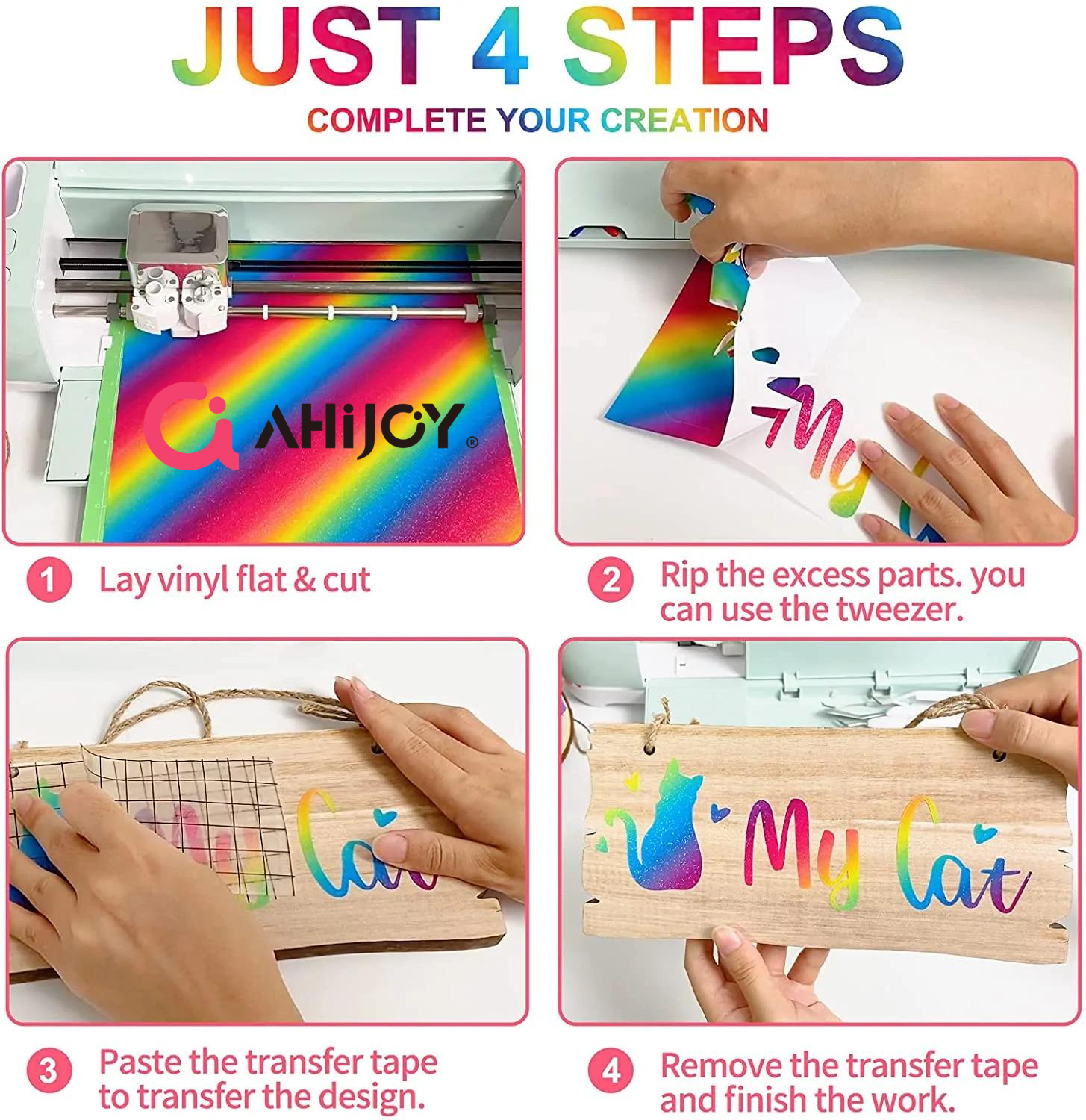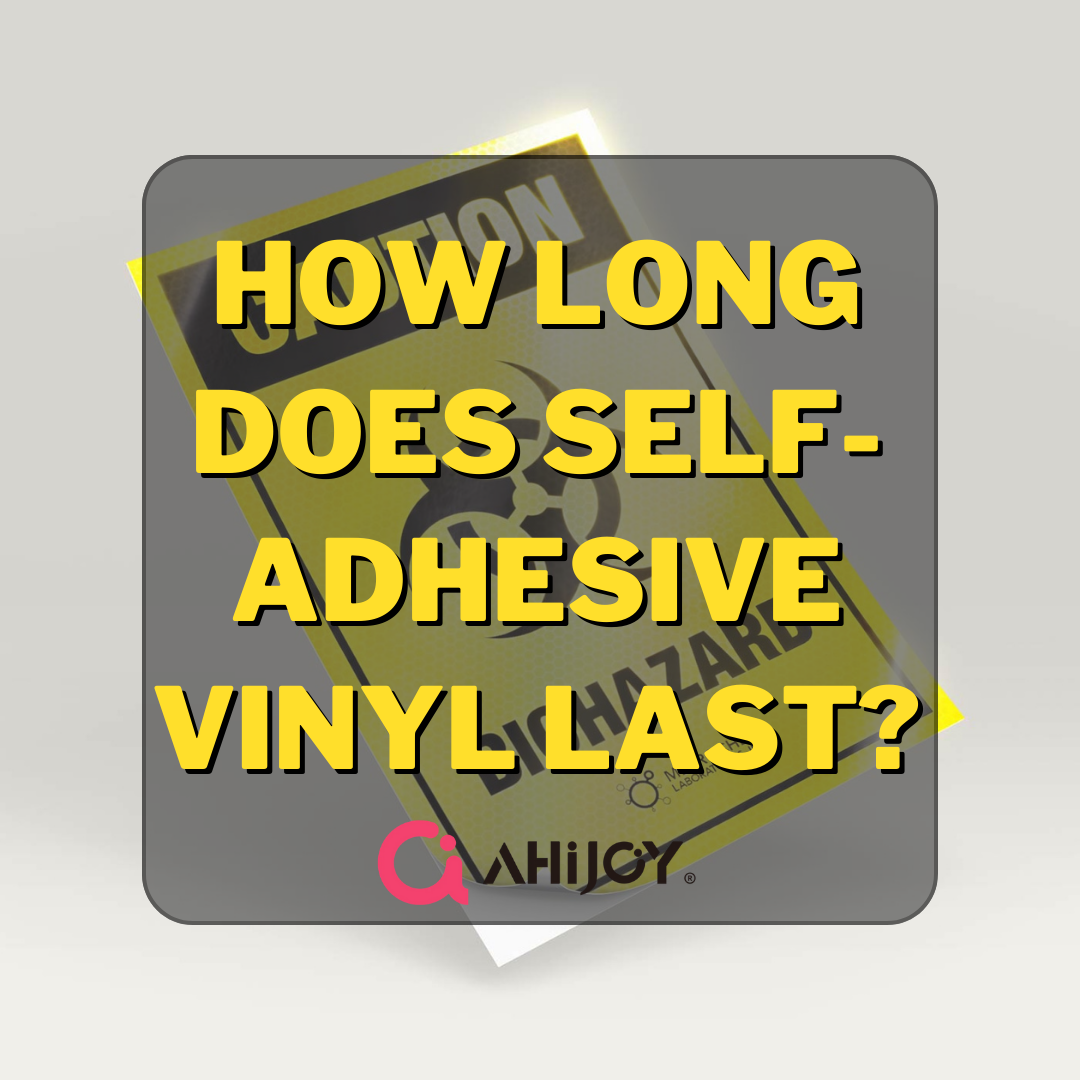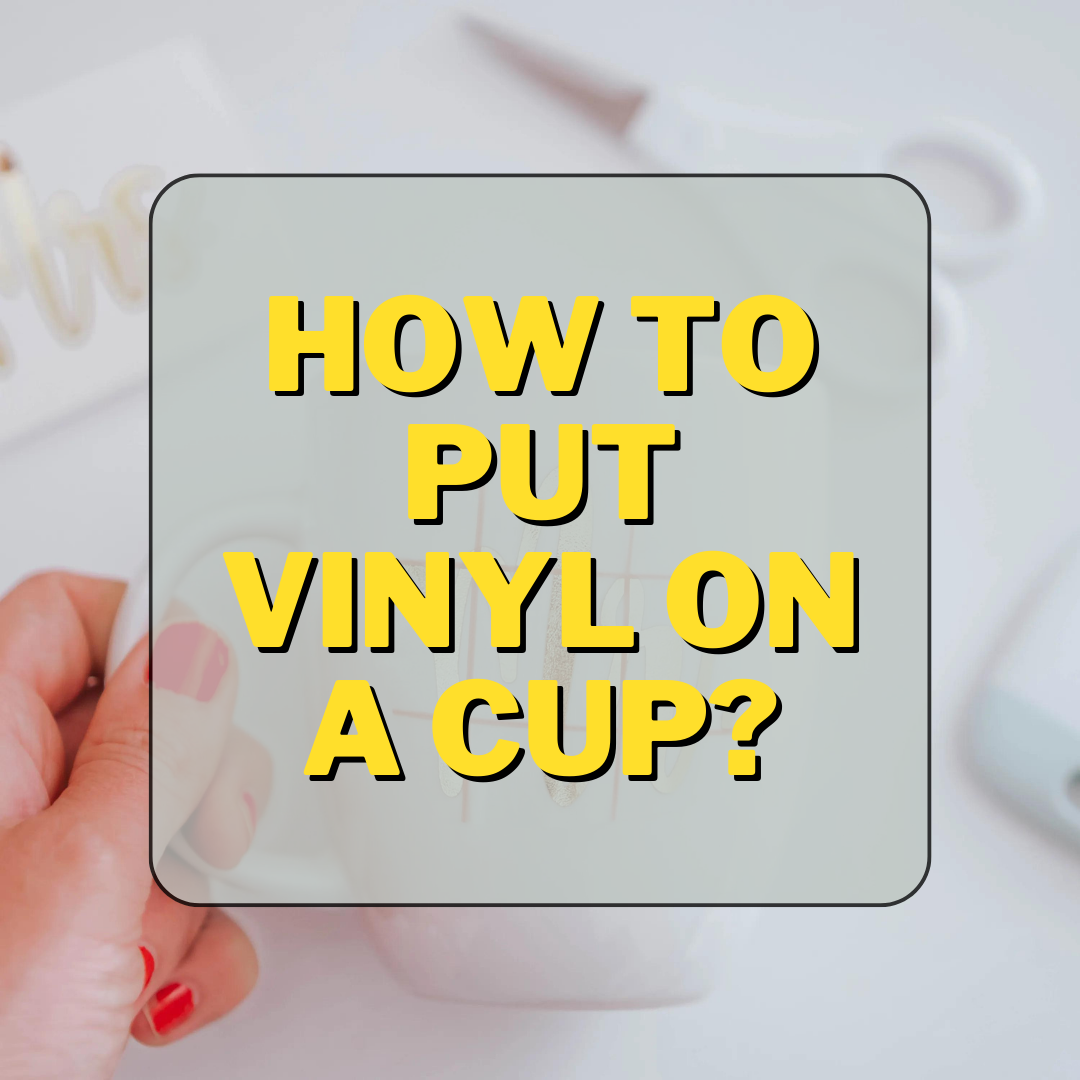posted by Ahijoy on September 21, 2022
How To Seal Vinyl Stickers On Wood
Vinyl stickers are made from a thin layer of plastic, which is flexible enough to be applied to almost any surface. The adhesive backing allows the sticker to be placed without damaging the surface underneath. You can use these stickers for decorating furniture and walls, promoting businesses, or making signs and labels. Vinyl stickers are inexpensive and easy to apply. However, they may lose their stickiness over time and need to be re-applied. Vinyl stickers can also be damaged by water or other liquids that cause them to lose color or become discolored.

Here's How To Apply Seal Vinyl Stickers On Wood
Step 1: Prepare The Surface.
Clean the wood with a damp cloth to remove dust and dirt. If you have a lacquer finish on your wood, sand it lightly with fine-grit sandpaper. Remove any loose particles with a tack cloth before proceeding. If there is any remaining dirt or dust on the surface, it will leave marks when you apply the sticker.
Step 2: Peel Off The Backing Paper.
If your sticker has a paper backing, carefully peel it off. Make sure that none of the sticker's adhesive remains behind. If there is any adhesive on the back, remove it with a clean cloth and dry thoroughly before continuing.
Step 3: Apply Glue To The Wood.
If you have a clear coat finish on your wood, apply a thin layer of wood glue to the surface using a paintbrush or sponge brush. Allow this layer to dry thoroughly before proceeding. If you don't have a clear coat finish on your wood and want to seal in your decal for years of enjoyment.
Step 4: Apply Heat If Necessary.
Some types of vinyl can be softened with heat, making them easier to remove from their backing paper. If you're having difficulty peeling off your stickers, apply heat using an iron set to a medium-high temperature or a hair dryer on low heat for 3-5 minutes. Hold your iron or hair dryer about 4 inches away from your vinyl and move it back and forth over each piece until it's soft enough to peel off easily without tearing or stretching out of shape.

Here Are Some Tips On How To Seal Vinyl Stickers On Wood
Use A Quality Sealer
Not all sealers are created equal. You'll want to make sure that whatever sealer you use is designed specifically for vinyl stickers; otherwise it might not provide adequate protection from moisture and sunlight exposure. Most hardware stores have employees who specialize in selling paints and stains as well as sealers, so they should be able to help guide you towards choosing the right product for your needs.
Apply The Sealer Properly
Make sure that you apply the sealer evenly over the surface of the sticker, rather than just applying it to one side or one corner of the sticker. The idea behind this is to create an even layer of sealer that protects every part of your sticker from moisture damage and sunlight exposure. If you only apply a small amount of sealer on one side of a particular spot on your sticker, then that particular spot will still be vulnerable to damage because it didn't receive enough protection from moisture or sunlight exposure.
Warm Up Weeding Surface
It’s best to weed your design at room temperature, as cold vinyl can make it difficult for the blade to cut through smoothly. If possible, leave your project out overnight before you begin weeding in order to allow it to reach room temperature.
Seal Your Sticker Before Applying It
Even if you're planning on placing your sticker indoors, it's still important to apply a sealant on top of it before applying it to whatever surface you're using. You'll be able to prevent any potential damage when you're working with the sticker itself.
Apply The Sealer With A Brush Or Roller
Applying a coat of sealer requires a bit of effort on your part, but it's worth it because it will protect your sticker from fading or cracking over time. To apply the sealer evenly across your wall, use either a brush or roller (or both). Using a brush will give you more control over where the sealer is being applied, while using a roller will help to ensure that the entire surface is covered evenly.
The Following Reasons May Make It Difficult To Remove Vinyl From Wood
- The surface of the vinyl becomes tacky and slippery when wet or damp. This makes it hard to peel off without damaging your surface.
- If the surface of your vinyl is damaged in any way, such as a scratch or scrape, there's a chance that you may not be able to remove it without damaging it further.
- Using too much pressure when removing vinyl from your surface, then it will start pulling off in chunks rather than all at once, which can make for an uneven surface and an even more difficult job removing the rest of the vinyl from your surface.
- If you use a glue strip with your vinyl, then this could cause problems as well because it may leave behind residue on your wood that you might not be able to get rid of easily with normal cleaning methods like soap and water or alcohol wipes
- You may have old glue residue on your surface from previous installations of vinyl, then there's a chance that this could make it difficult for new vinyl to stick properly because the old glue residue may have become dry and brittle over time.
- If you're working with laminate flooring, then there's a chance that the laminate could be damaged when trying to remove the vinyl from your flooring because it's not designed for heavy-duty use like vinyl is supposed to be used for.
- Vinyl that was installed improperly in the first place, such as using too much pressure when installing or not using enough adhesive on the back of the material itself (in which case it will start peeling off prematurely), then this could also cause problems when trying to remove it

How To Avoid Mistakes When Working On Wood
- Avoid using too much force when working on wood. It is important that you use the right tools when working on wood so that you don't end up damaging it. If you use too much force, you can easily cause damage to the wood and ruin your project.
- Avoid using too much heat while working with wood because this can also damage your project. Heat can also cause warping or cracking of the wood which will make it difficult for you to work on it further.
- Avoid using paint or stain on unfinished or raw pieces of wood as this can cause discoloration in them and also affect the look of your project in a bad way.
- Avoid using power tools unless you are experienced enough with them, as they can cause accidents if used incorrectly or without due care.
- Avoid using glue that might cause discoloration in the wood when applied unevenly or too much of it is used at once, which can lead to undesirable results in your project overall appearance.
Frequently Asked Questions
Conclusion
Vinyl stickers on wood should be sealed to protect the finish of the wood, prevent the sticker from peeling and help it to last longer. The best sealants for this project are either clear lacquer or spray-on varnish.



